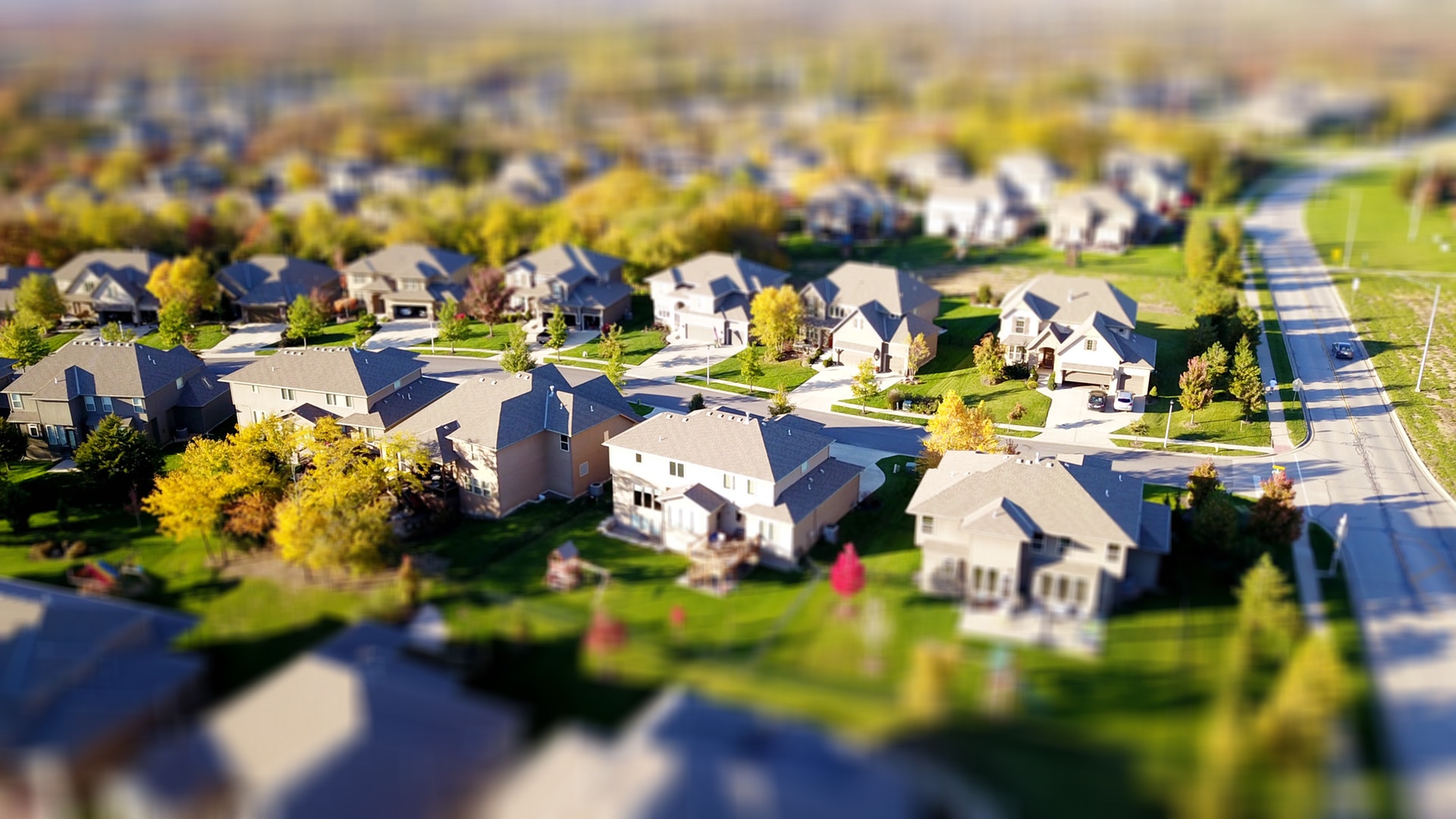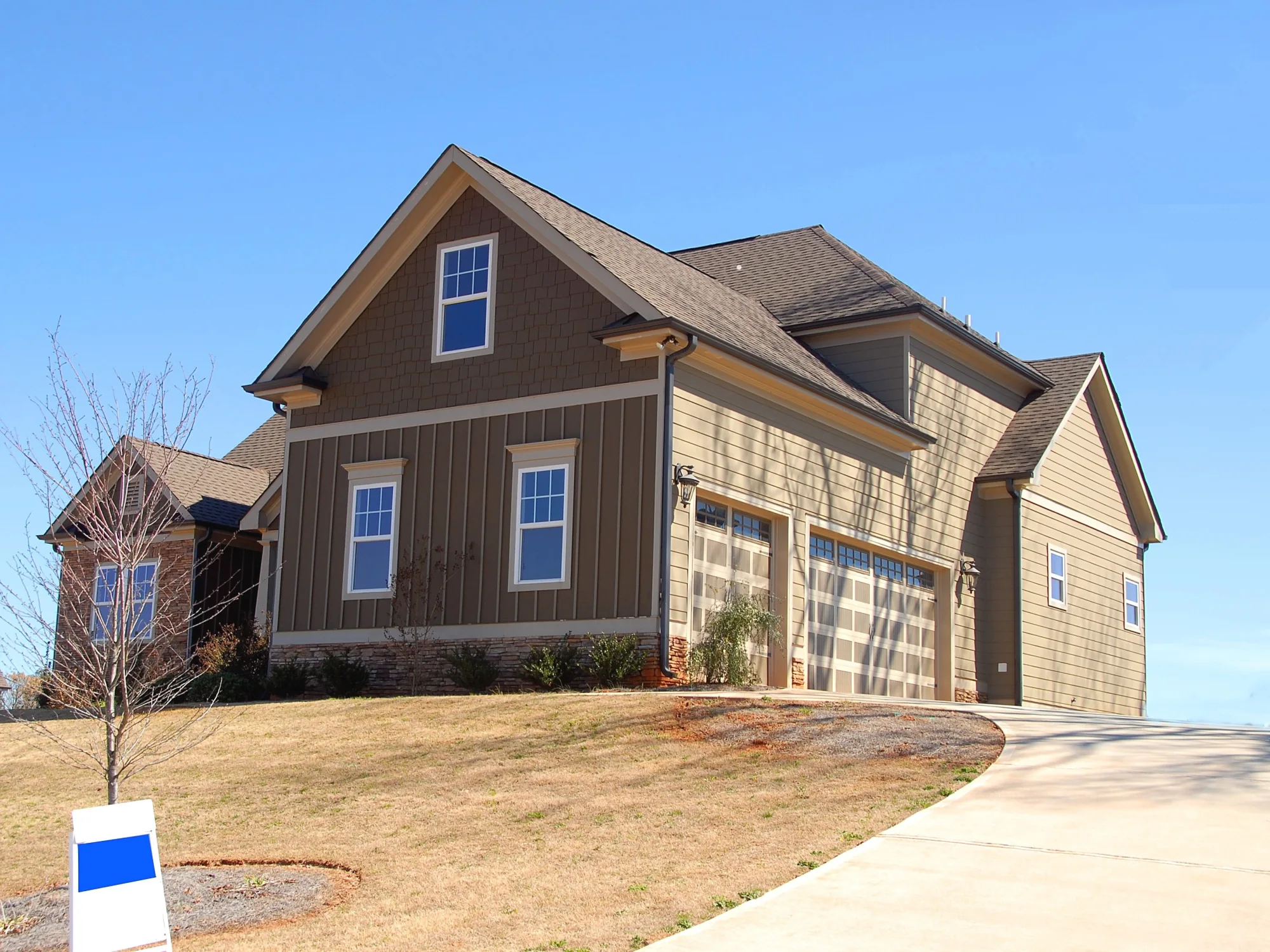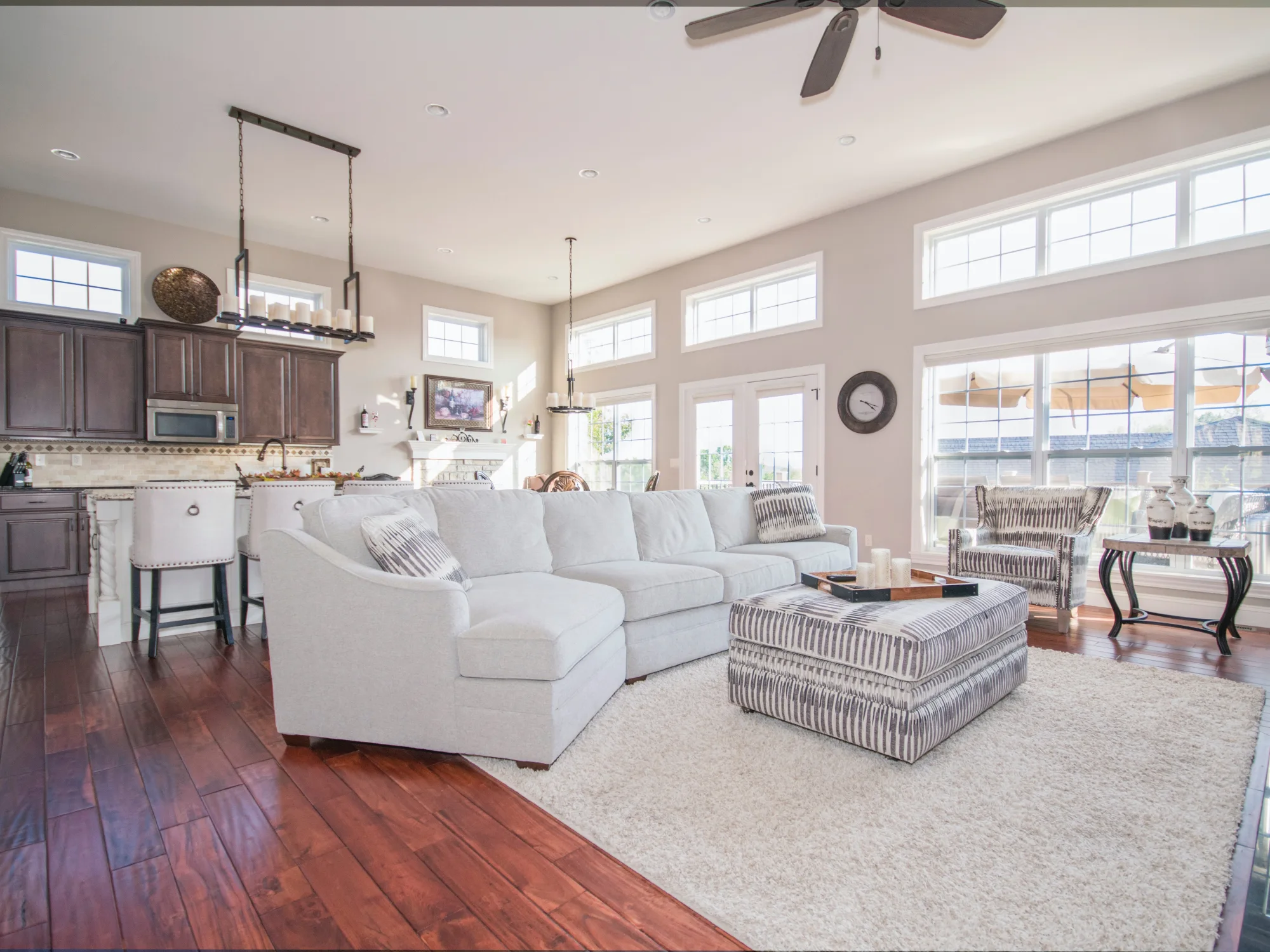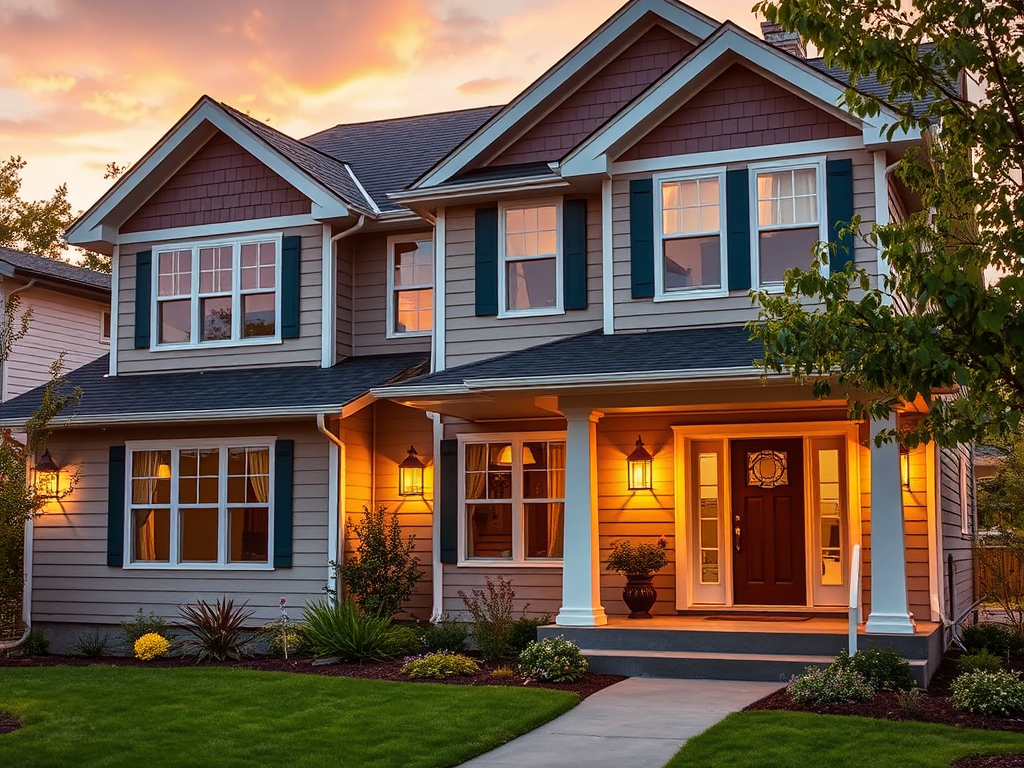When it comes time to talk to a contractor about doing a residential roof repair or replacement, it’s good to know the different parts of a roof and the components of a roofing system.
Important Structural Components Below the Roof
A lot that can’t be seen from the ground goes into supporting a roof. Here are some of the parts of a roof that make up its underlying structure:
- Rafters — A structural framing component that runs from the ridge, or peak, of the roof to the eave, or edge. Rafters form the base of a roof’s support from inside the home.
- Roof truss — A structural member or framework made up of three or more pieces, usually in the shape of a triangle. They support the roof decking and structure.
- Decking/sheathing — The structural base of the roof that the roofing components are installed over and secured to. Decking or sheathing is usually made from plywood, OSB (oriented strand board) or wood plank. Along with the roof’s structural framework, it is designed to support the load of the roofing system, snow load, and any other loads required by local code.
- Eave — The lower horizontal roof edge of a sloped roof. The eave can also refer to the underside overhang of the lower horizontal roof edge from the fascia to the structure’s outside wall.
- Fascia — The board nailed to the end of the trusses or rafters at the edge of a roof. Fascia are made of wood or can be composite boards, which combine wood and plastic. Gutters are usually hung from the fascia.
- Rake — The inclined edge of gable-style roof planes. A gable-style roof has two sloping sides that meet at the top.
The Roofing System
The roofing system consists of various components that help protect your home from the elements.
- Leak barrier — A self-adhered waterproof underlayment typically installed on top of the roof deck at the eave edge of the roof, as well as other vulnerable areas. This helps protect against leaks caused by wind-driven rain and ice dams.
- Roof deck protection — Asphalt-saturated felt or a synthetic material that helps protects a home. It provides a water-shedding secondary layer of protection between the shingles and roof deck to prevent wind-driven rain from infiltrating.
- Starter strip shingles — The first course of roofing installed at the eave and/or rake edges of a shingle roof to improve wind resistance.
- Shingles — Roofing material typically made of asphalt, fiberglass mat and ceramic coated granules. Shingles act as the primary roof covering, and are installed in overlapping layers in order to protect the structure and help ensure proper water-shedding.
- Ventilation — A balanced system of intake and exhaust vents that allow air to continuously flow through the attic space in order to exhaust excess heat and moisture.
- Hip and ridge cap shingles — Shingles that are designed to be installed over the ridge and hip areas of the roof where two roof planes meet.
https://www.gaf.com/blog/your-home/what-are-the-parts-of-a-residential-roof–281474980000801








